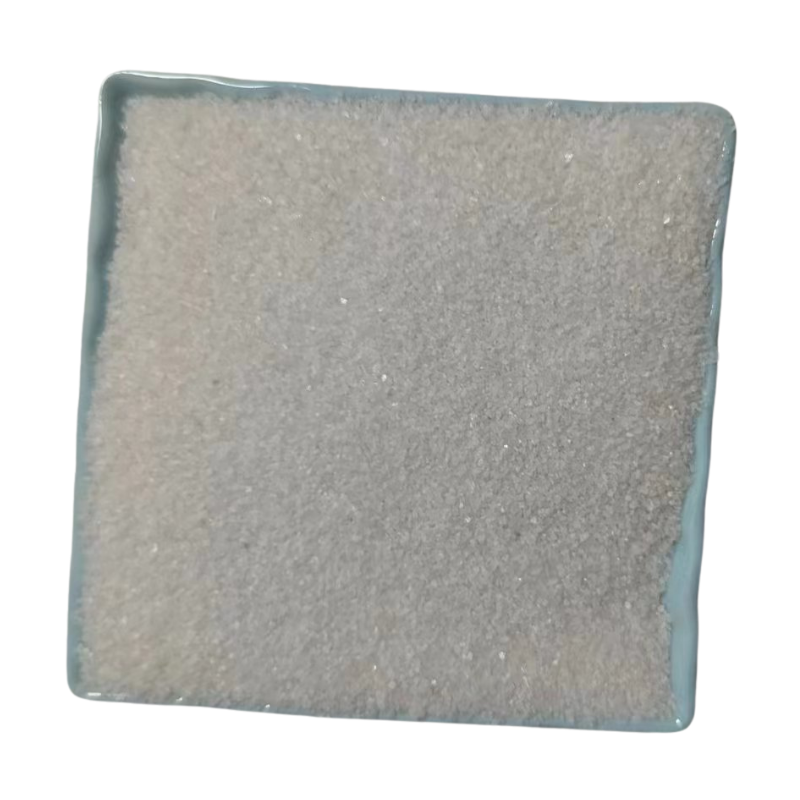
adding fly ash to concrete
The Benefits of Adding Fly Ash to Concrete
Fly ash, a byproduct of coal combustion in power plants, has emerged as a popular supplementary material in concrete production. As the construction industry continually seeks ways to enhance the durability, sustainability, and overall performance of concrete, the incorporation of fly ash has proven to be a valuable practice. This article discusses the advantages of adding fly ash to concrete, highlighting its benefits from both performance and environmental perspectives.
The Benefits of Adding Fly Ash to Concrete
In addition to improving workability, fly ash contributes to the strength and durability of concrete. When mixed with water and cement, fly ash undergoes a pozzolanic reaction, which enhances the overall strength of the material over time. This reaction helps to fill the voids left by cement particles, leading to a denser structure. As a result, concrete made with fly ash often exhibits improved resistance to factors such as sulfate attack, chloride ingress, and alkali-silica reaction, making it suitable for a broader range of environmental conditions.
adding fly ash to concrete

Another significant advantage of using fly ash in concrete is its positive impact on sustainability. By using a byproduct of coal combustion, the construction industry can reduce its reliance on natural resources, particularly Portland cement, which has a high carbon footprint due to its production process. The use of fly ash not only conserves natural resources but also helps to reduce greenhouse gas emissions associated with cement manufacturing. Furthermore, diverting fly ash from landfills minimizes waste and promotes a more circular economy.
Cost-effectiveness is another key factor that makes fly ash an attractive additive for concrete. As fly ash is typically less expensive than cement, using it can lead to overall savings in construction costs. Additionally, the enhanced properties of concrete containing fly ash can result in lower maintenance and repair costs over the lifespan of a structure, leading to further financial benefits.
In conclusion, incorporating fly ash into concrete offers numerous advantages that can enhance the performance, sustainability, and cost-effectiveness of construction projects. As the industry continues to evolve, the use of fly ash will undoubtedly play an essential role in developing more resilient and environmentally-friendly concrete solutions. Embracing this practice not only benefits individual projects but also contributes to a more sustainable future for the construction industry as a whole.
Share
-
Premium Resin Coated Sand - High Heat Resistance CastingNewsJul.31,2025
-
High Quality Silicon Carbide Grit for Abrasive ApplicationsNewsJul.30,2025
-
High-Quality Ceramsite for Plants & Gardening | Lightweight PebblesNewsJul.29,2025
-
Premium Burgundy Glass Marbles for Vases & Shooter GamesNewsJul.29,2025
-
High Purity Quartz Sand for Industrial and Ground ApplicationsNewsJul.29,2025
-
High-Quality Barite Powder for Drilling & Industrial UseNewsJul.29,2025






